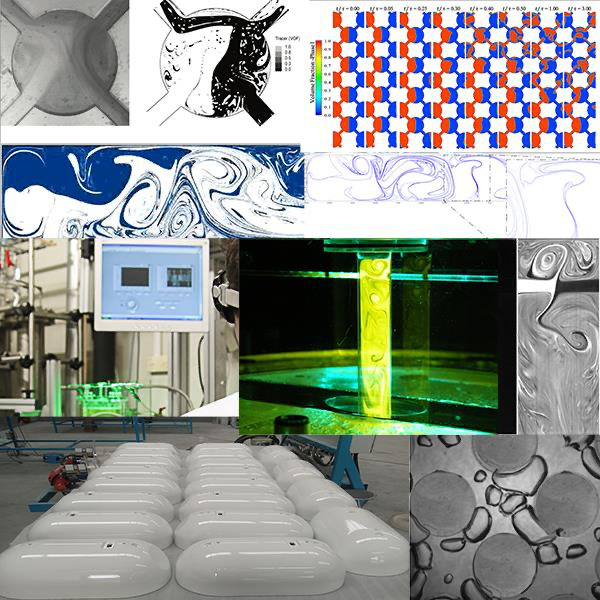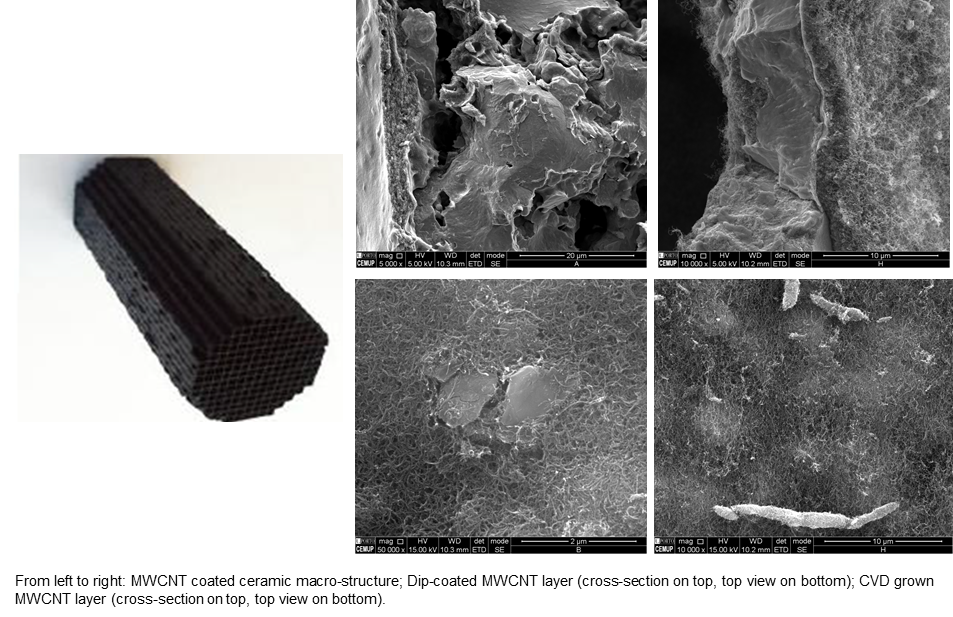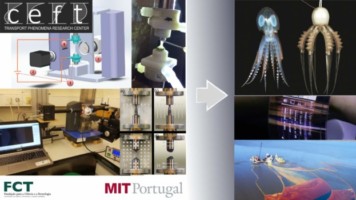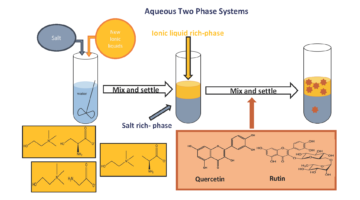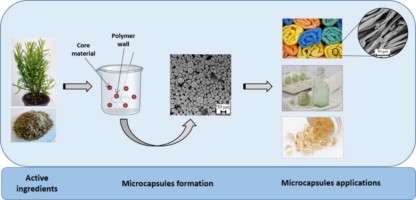Carbon-based materials: Design and applications
Rui S. Ribeiro, Associate Laboratory LSRE-LCM |December 17, 2020 – 14H30 | Online. 
Carbon materials possess useful properties for several applications, such as: (i) stability in acidic/basic media; (ii) possibility to control, to some extent, the porosity and the surface chemistry; (iii) structural stability at high temperatures; and (iv) easy recovery of expensive metals (by burning away the support). Due to the high specific surface area, activated carbons have been traditionally used as adsorbents or as supports for metal catalysts; whereas graphitic materials having high conductivity can be used as […]

